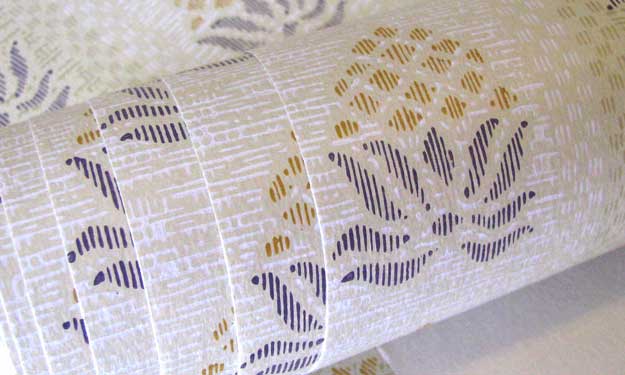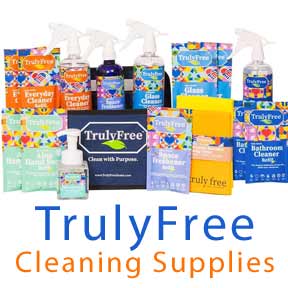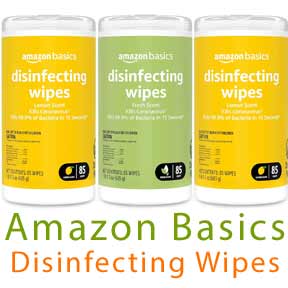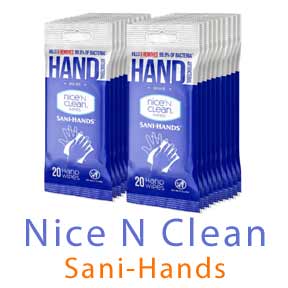Wallpaper Cleaning Tips

Cleaning Wallpaper Tips.
How to Clean Wallpaper
I love my wallpaper. The design is gorgeous and adds personality to the room. People often assume wallpaper is difficult to care for, but honestly, it holds up better than painted walls, especially in homes with kids. One spaghetti dinner with a toddler can put painted walls to shame!
Most modern wallpapers are coated with vinyl or acrylic, making them washable and easy to maintain. With the right techniques, you can keep your wallpaper looking fresh without the risk of damage. Here’s a simple guide to help you clean your wallpaper safely and effectively.
Understanding the Types of Wallpaper
Before you clean, it’s important to know what kind of wallpaper you have. Cleaning methods vary based on the material:
Vinyl-Coated Wallpaper
- Has a vinyl or acrylic coating over a paper base.
- Resists grease and moisture, making it easy to clean.
- Use a soft sponge – never abrasive cleaners or scouring pads.
Coated Fabric Wallpaper
- Fabric bonded to paper, sometimes with a protective coating.
- Durable, but more sensitive to moisture.
- Best kept out of bathrooms, kitchens, or high-traffic child zones.
Solid Vinyl Wallpaper
- Fully waterproof and ideal for high-use areas like playrooms, laundry rooms, and bathrooms.
- Scrubbable with a soft sponge and gentle soap – avoid harsh cleaners to prevent wear.
Plain Paper Wallpaper
- Beautiful but delicate, especially embossed or textured designs.
- Typically not washable and very sensitive to moisture – always check manufacturer instructions.
Waterproof and Washable Wallpaper
- Includes vinyl and acrylic types, great for kitchens and bathrooms.
- Can be wiped down with warm water and mild soap using a soft cloth or sponge.
How to Clean Wallpaper the Right Way
Routine Dusting
Dusting your wallpaper regularly prevents buildup.
- Start at the top and work downward using a microfiber duster or electrostatic cloth.
- Don’t forget around corners, light switches, and baseboards.
- To protect wallpaper while cleaning baseboards, use a plastic guard like a wide ruler or a Venetian blind slat.
Spot Cleaning
- Use a damp cloth to gently remove fingerprints or light smudges.
- For splashes or smears near light switches and door frames, wipe gently, no vigorous scrubbing.
How to Wash Washable Wallpaper
Washable wallpaper is coated to resist water and stains. For a deeper clean:
- Mix 1 gallon warm water with a few squirts of mild dish soap.
- Use a soft sponge to gently wash, starting from the bottom and working upwards to prevent drips.
- Rinse with a clean sponge and plain warm water.
- Dry with a lint-free cloth before moving to the next section.
Always test a hidden area first to check for colorfastness.
Removing Stains from Wallpaper
For stubborn marks:
- Use a dry cleaning sponge or wallpaper eraser (like Absorene®) to lift off dirt, soot, and grime without moisture.
- Never use abrasive cleaners or bleach.
- Avoid TSP (trisodium phosphate) – it’s designed for removing wallpaper, not cleaning it!
Things to Avoid
- Abrasive scrubbers
- Harsh cleaners or bleach
- TSP (unless you want to strip your wallpaper)
- Excess water – especially on non-washable wallpaper
Quick Cleaning Tips Recap
- Always dust first to avoid rubbing dirt into the wallpaper.
- Start from the bottom to avoid streaking.
- Wipe with the seams, usually vertically.
- Dry each section before moving on.
- Check the manufacturer’s care guide if available.
With these simple tips, you can enjoy beautiful, clean wallpaper without the stress. Next time you relax with a cup of coffee, you’ll admire your wallpaper, not the fingerprints around the light switch.






